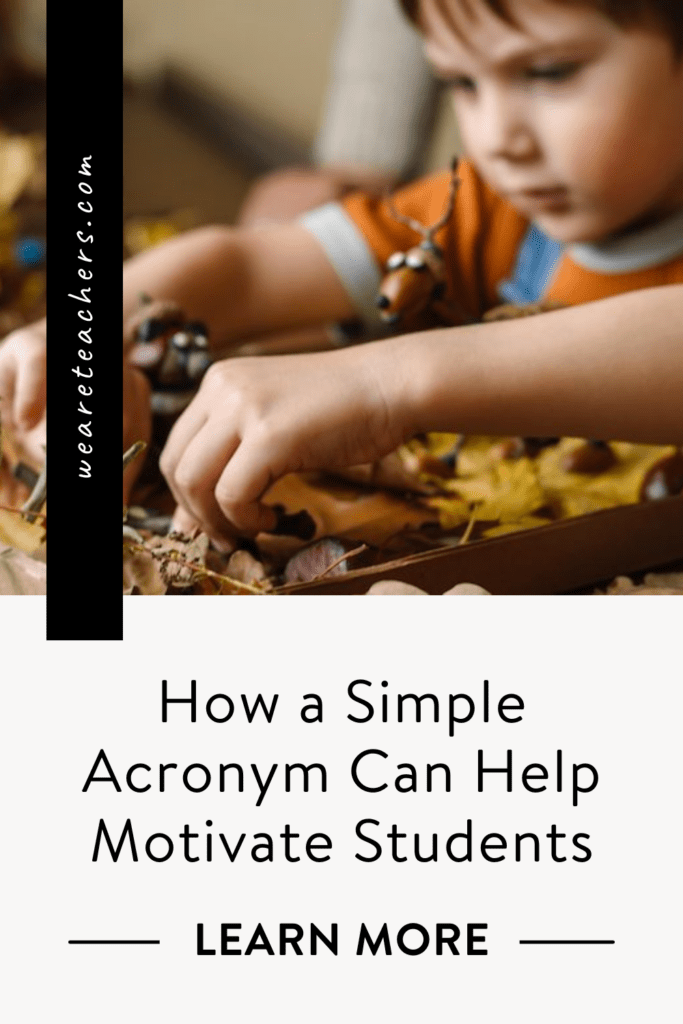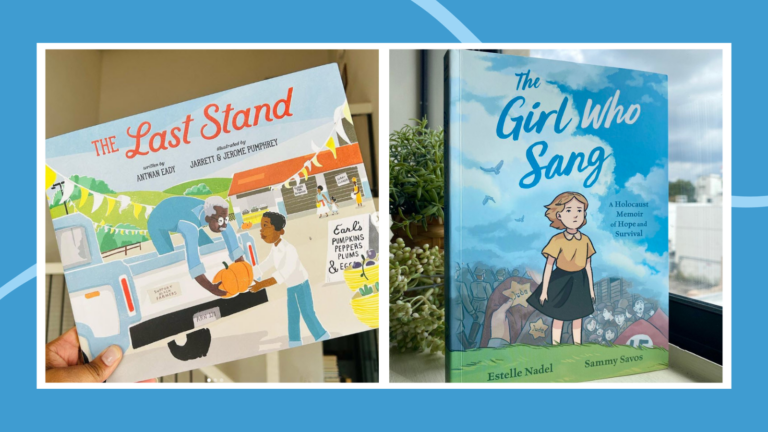- That first grader obsessed with hummingbirds who begs you to set up a hummingbird feeder and spends all morning creating an information booklet on them.
- The third grader who, in the middle of a lesson, blurts out, “Can we find out what baby koalas are called?”
- The fifth grader so lost in the zone of making a model rocket you have to tap her on her shoulder to tell her it’s time for lunch.
These are all examples of student agency. You know it when you see it, but what can you do to help student agency show up more often? You can W.I.R.E. the classroom for it. Here’s how:
The acronym W.I.R.E. can help you remember how to promote student agency
There are many teacher actions that encourage agency; these four give you a place to start. Watch. Intend. Reflect. Engage. Agency is a belief system that your actions will make an impact. Students who have agency feel valued by their teachers; they operate with a sense of choice and a sense of freedom to pursue their passions. They have personal power because their teacher embraces their identities, their histories, and their differences.
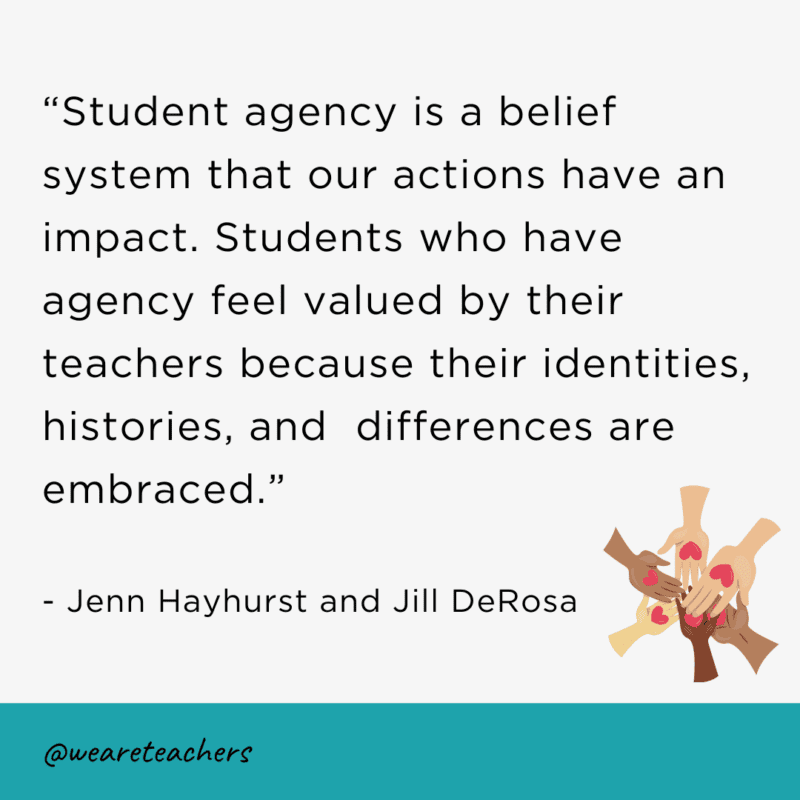
[contextly_auto_sidebar]
Teachers building student agency watch their students
When we know each student well, we can cultivate their curiosities and passions. And we can see exactly where they are as learners. In this way, we watch them understand. We might:
| Ask This | Do This |
|---|---|
| What do they like? What do they know? | Using a simple note-taking tool, spend a few minutes each day observing a student. |
| What are they on the cusp of knowing? | Develop a culture of curiosity. Use language like, I see…I wonder…You said…I notice that… |
| How are they using the learning environment? | Build in spaces during your lesson when you can observe. For example, children turn and talk, discuss, jot, act out or show their learning. |
Teachers intend to support student agency
As teachers, we plan and set purposes for our teaching. Our plans are informed by learning standards, curriculum, students’ developmental readiness, and interests. Being intentional in this way helps us to show up at the right time with the right instruction. To bring about agency, however, we need to actively connect our expertise with students’ interests and intentions week-by-week. Student intentions are those personal, specific goals they set for themselves.
If we ask ourselves the following questions, we may help students find the answers to building their own agency:
- What am I required to teach students?
- How can I use what I have observed? What are students’ personal goals, interests, and motivations─so I can further focus instruction?
- How can I find common ground between the two to have bigger impact?
- How can I shift my role to facilitate discovery rather than rush in with answers and resources?
Here’s how it worked in this classroom: Santosh, a third grader, decided he wanted to teach others about sharks by making a model out of a box and then labeling its parts. The teacher found time in her schedule for Santosh to present his shark model to his classmates. About half the class was doing written informational reports, but the teacher honored Santosh’s intention to make a model. If the choice hadn’t been respected, Santosh was unlikely to have owned the learning.
Push yourself to reflect on what the learning meant for your students in order to further support student agency
As teachers, reflection is as natural as breathing. We reflect on how the lesson went. We reflect on what our students were able to do. To promote agency, we must move into reflecting in a different way. Consider what the learning seemed to mean to your students. How might you help them transfer this learning? It’s in the application of the lesson that agency comes to life. When we reflect in this new way, it helps us to focus our instructional next steps as a way to support the next step in their student agency journey. What’s next for them?
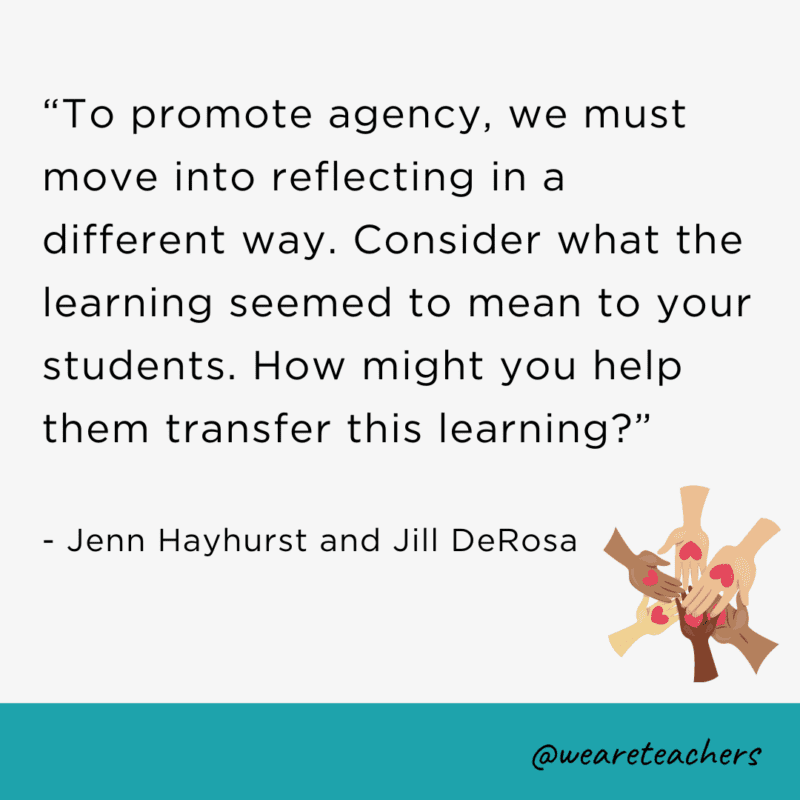
Promote student agency by making sure to engage them
This is perhaps a no-brainer, but when students want to learn something (or have agency), they want to keep on doing it. That’s the prize in the Cracker Jacks box. Think about when you are doing something you love. The world slips away; you are in the zone. As third grader Vinny exclaimed, “I’ve got a burnin’ for learnin’!” But we know, you have upwards of 25 students, and getting them all to this place is next to impossible. At least not on a daily basis. So, our best advice is to recognize that if you watch, intend, and reflect, you are going a long way to create the conditions for engagement.
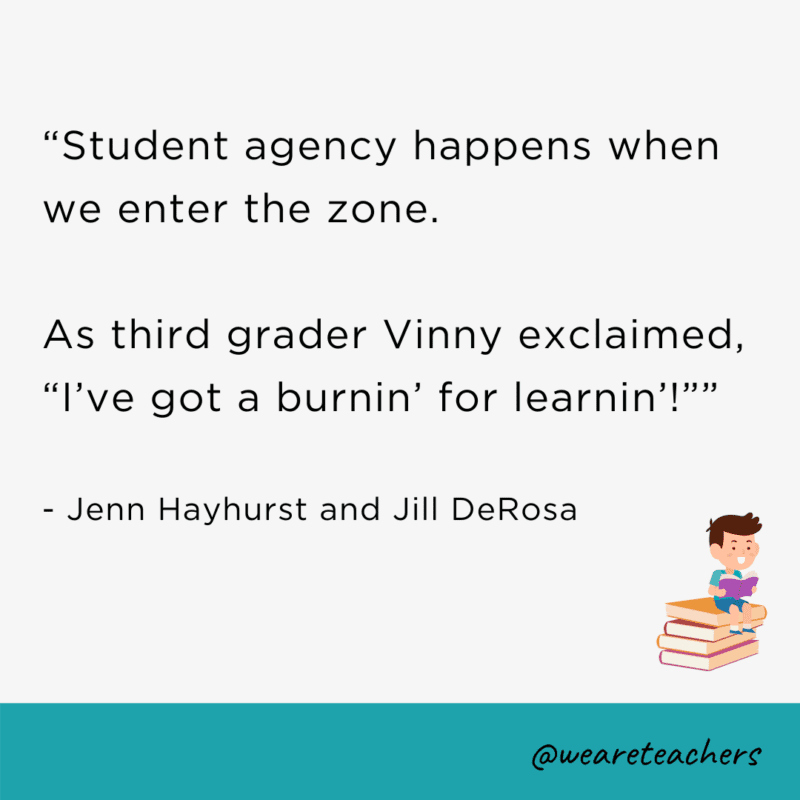
Watch, intend, reflect, engage─four operating instructions for student agency! You can find many more practical ideas in our book Wire for Agency: Four Moves That Transfer Learning.
